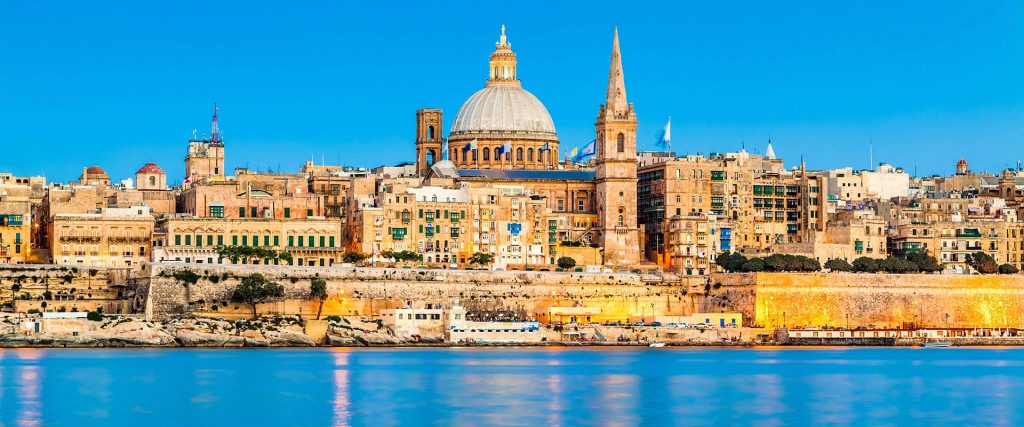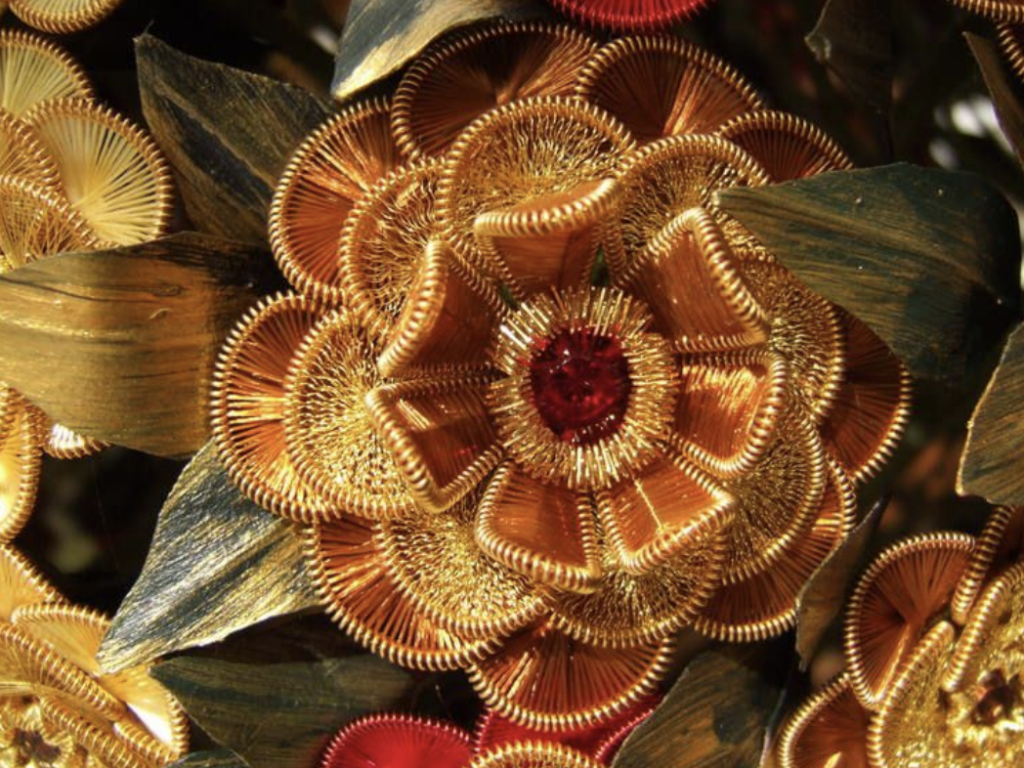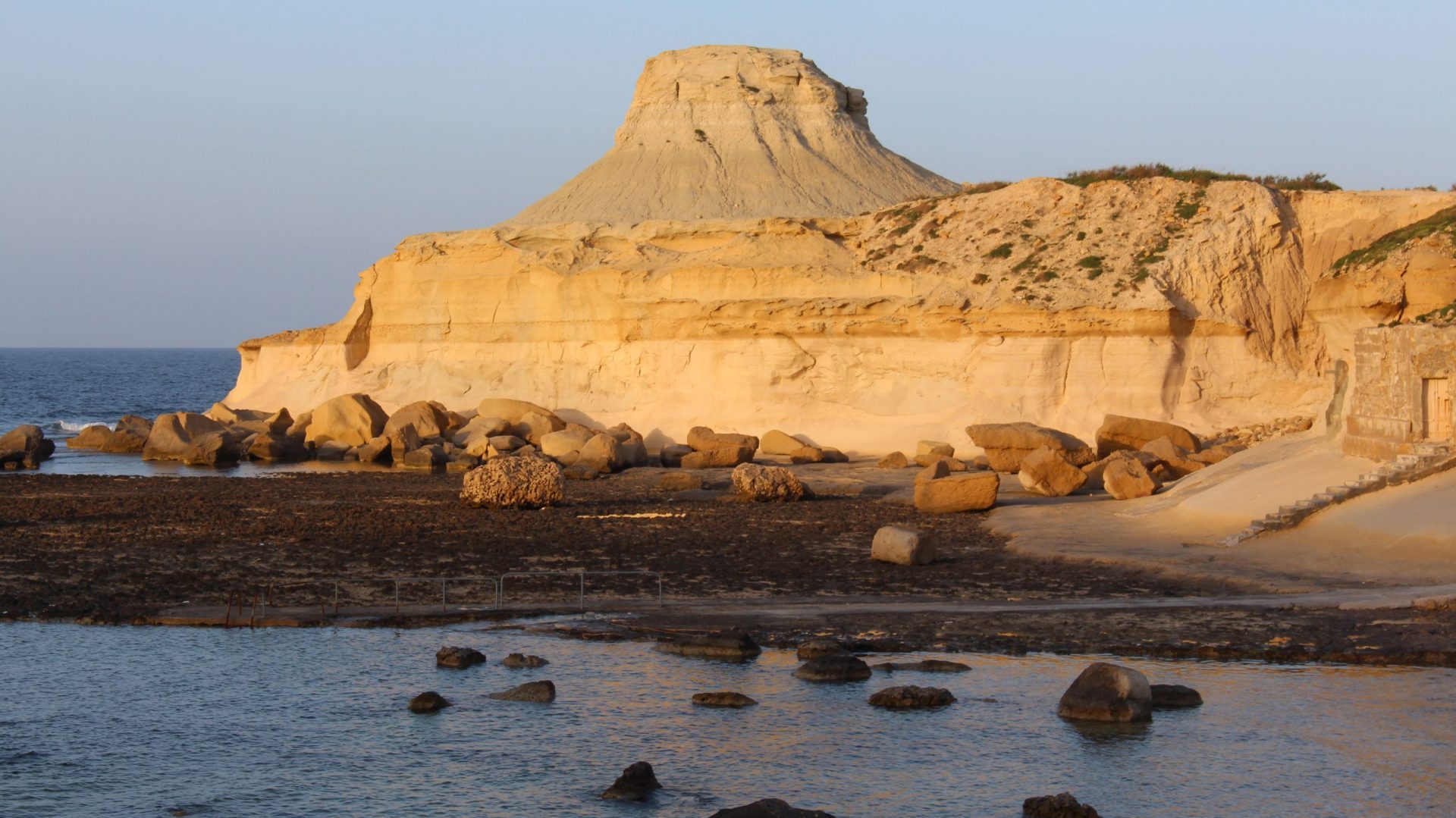Malta’s strategic location and natural harbours in the center of the Mediterranean have attracted Phoenicians, Greeks, Romans, Arabs, Normans, Crusaders, the French, and finally the British. This mix of cultures, spanning some 7,000 years, resulted in an incredible tapestry of influences. An eclectic bridge between East and West, between Europe and Africa, the Maltese islands continue to bring together what appears to be polar opposites and transmute it into a unique mix.

Language
The official language of the Maltese islands is Maltese, while English is the second official language. The Maltese language belongs to the Semitic group of languages. This group includes Arabic, Aramaic and Hebrew. Maltese is the only Semitic language that uses the Latin alphabet.
Having its roots in Sicilian Arabic, a dialect that is now extinct, the Maltese language also uses many Italian and English loanwords. In this way, the characteristic Semitic features, such as three-consonant roots, exist side by side with the structure and inflections of Romance languages. Some 40% of Maltese vocabulary is rooted in Arabic, the closest dialect being Tunisian Arabic.
Remarkably for such small islands, the Maltese language also has its own dialects. The language spoken on Gozo is a distinct dialect of Maltese. Additionally, various localities on the islands speak a different dialect.
People in Malta typically speak several languages, most commonly English and Italian, sometimes also French and German. English is universally understood and spoken. As such, Malta has no language barrier for speakers of English.
Religion
Malta is a Catholic country, with strong religious traditions, that are reflected in everyday life. The total number of churches on Malta and Gozo is 359, for a population of just under 500,000, and many of them are so lavishly decorated they conjure memories of Byzantine decor.
According to tradition, the roots of Maltese Christianity go back to Apostle Paul, who was shipwrecked on the islands around AD 60. In the 4th century, as Christianity gradually became an institutionalized religion in the Roman empire, Malta came to be ruled by the Greek-speaking Eastern Roman, or Byzantine empire.
For over three centuries, Christianity in Malta was of the Eastern rite. In 870, Malta was occupied by Muslim Arabs from what is now Tunisia, but it appears that Christians, Muslims and Jews lived on the islands side by side for many centuries.
Shortly after the Great Schism of 1054, the Maltese islands were conquered by Normans in 1090, which ended the Arab rule. The Normans were Roman Catholic, and gradually the Christianity on the islands lost its Byzantine features to become Roman, with allegiance to the Roman Pope.
It was under Norman rule in mid-13th century that the Muslims were officially expelled. It would seem that many had chosen conversions of convenience to avoid expulsion. The Maltese language reflects this religious transition in the names of church holy days. The Maltese name for the fast is Randan, Easter is Għid, whereas the name for Christmas, Milied, originates from Mawlid, the Islamic celebration of the birth of the Prophet.
Art and Traditions
The rich history of the Maltese islands is reflected in the multitude of artistic expressions and cultural events. The islands offer visitors a good number of theatres, including one of the oldest in Europe, the Manoel Theatre in Valletta. Malta hosts a number of performing arts festivals throughout the year. This includes the annual Valletta Baroque Festival in January, Malta Jazz festival in July, and of course Carnival celebrations and village feasts.
One of the most famous traditional arts in Malta is the art of lace making. It is not uncommon to encounter old women displaying lace making skills in various streets in Malta and especially Gozo. Maltese lace is sold in all souvenir shops of the islands and can be found in various decorative items including tablecloths, serviettes, doilies or other handmade items.

Filigree jewelry is another traditional Maltese craft that has been practiced for many centuries. Artisans carve intricate designs out of thin strands of silver, and sometimes gold, creating delicate pieces of art. Maltese ganutell is another traditional art, which has been revived in recent years. Exquisite flowers are carved out of paper, seashells, wood shavings or ribbons, and mounted on thin wire.

